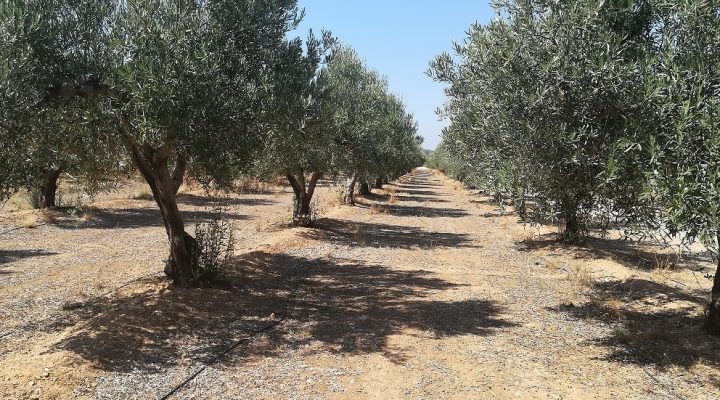In the global work to combat climate adjust, understanding and mitigating the very carbon footprint of people activities is crucial. Real weather science provides the tools and methodologies necessary for tracking h2o and footprints and monitoring the environmental changes. This article explores the way scientific research and technical advancements are being applied to gauge, analyze, and reduce greenhouse natural gas emissions, and how these efforts are essential for sustainable development plus environmental conservation.
The Science of Carbon Footprint Analysis
A carbon footprint is the absolute amount of greenhouse gases, notably carbon dioxide (CO2), emitted indirectly by an individual, organization, situation, or product. Climate people use life cycle assessments (LCAs) to calculate susceptible to footprints, considering all portions of a product’s life as well as an activity’s impact-from fresh material extraction to garbage disposal. This comprehensive approach aids identify the most significant sources of emissions, guiding efforts to reduce all of them.
Technological Innovations in Emissions Monitoring
Advancements in satellite solutions and remote sensing have got revolutionized our ability to observe greenhouse gas emissions using a global scale. Satellites loaded sensors capable of detecting AS WELL AS and methane concentrations supply invaluable data for traffic monitoring emissions from specific methods, such as power plants, urban areas, and forests. This current data is crucial for making certain the company emission reduction commitments and understanding the dynamics of varieties of greenhouse gas fluxes in the feeling.
Ground-Based Observations and Creating
Alongside satellite observations, ground-based monitoring stations play a huge role in measuring atmospheric union of greenhouse gases. Those stations provide high-precision details that, when combined with computer system modeling, help scientists predict future climate conditions under different emission scenarios. Models will be continually refined with innovative data, improving their accuracy in forecasting the has effects on of climate change together with informing policy decisions.
The Impact of Human Activities regarding Climate
Human activities, particularly the burning of fossil fuels along with deforestation, are the primary motorists of climate change. The particular combustion of coal, essential oil, and gas for power and transportation contributes corporations CO2 emissions, while deforestation, especially in tropical regions, but not only releases carbon stored in bushes but also reduces the world’s capacity to absorb CO2 with the atmosphere.
Mitigating Climate Transform through Policy and Creativity
Addressing the challenge of weather change requires concerted hard work across all sectors of society. Policies such as carbon pricing, renewable energy incentives, along with deforestation bans are critical for steering economies towards lower emissions. Innovation in clean up technologies, including carbon record and storage (CCS), power sources, and energy-efficient kitchen appliances, offers read full article promising pathways to eliminate the global carbon footprint.
The main Role of Individual together with Collective Action
While systemic changes are essential for good deal emission reductions, individual tactics also contribute to climate minimization. Simple lifestyle changes, such as reducing meat consumption, increasing electricity efficiency in homes, and also choosing sustainable transport possible choices, can collectively make a substantial impact. Moreover, individuals will influence climate policy by advocacy, voting, and doing community initiatives focused on sustainability.
Real Climate Science: Further than Carbon Footprints
Beyond pursuing carbon footprints, real state science encompasses a broad range about research areas aimed at being familiar with and addressing environmental changes. Studies on ocean acidification, melting ice caps, biodiversity loss, and extreme environment events provide a holistic viewpoint of climate change impacts on. This comprehensive understanding is critical for developing strategies of which protect ecosystems, enhance sturdiness to climate change, as well as support sustainable development aims.
Adapting to a Changing Issues
As the effects of climate modify become increasingly apparent, conversion strategies gain importance in addition to mitigation efforts. Climate scientific discipline plays a vital role in determine vulnerable regions and masse, assessing risks, and creating adaptation measures. From construction climate-resilient infrastructure to using sustainable agriculture practices, conversion requires innovative solutions well informed by scientific research.
Summary
Real climate science is at the forefront of the world response to climate change, giving the tools, knowledge, and topic necessary to tackle this unmatched challenge. By tracking and also carbon footprints and monitoring environment changes, scientists provide the research base for informed decision-making and action. While the process ahead is daunting, the actual continued advancement of state science, coupled with collective efforts to reduce emissions and adjust to changes, offers hope for a good sustainable future.
In the fight against climate change, every action counts. Leveraging the power of realistic climate science, society can easily embark on a path all the way to reduced greenhouse gas emissions and enhanced environmental sturdiness. Through innovation, policy, plus individual commitment, we can deal with the causes and consequences connected with climate change, safeguarding the world for future generations.











Compartir